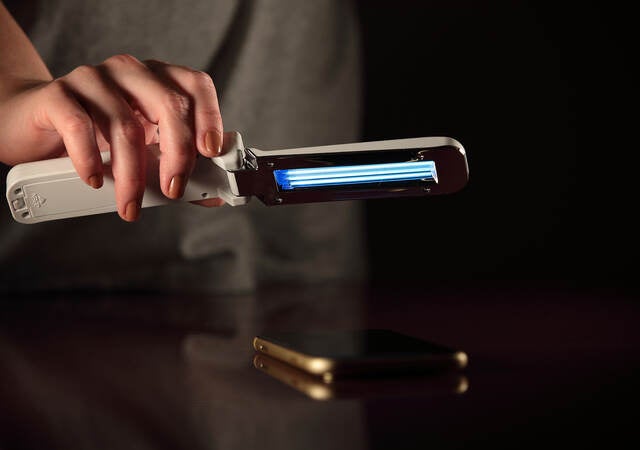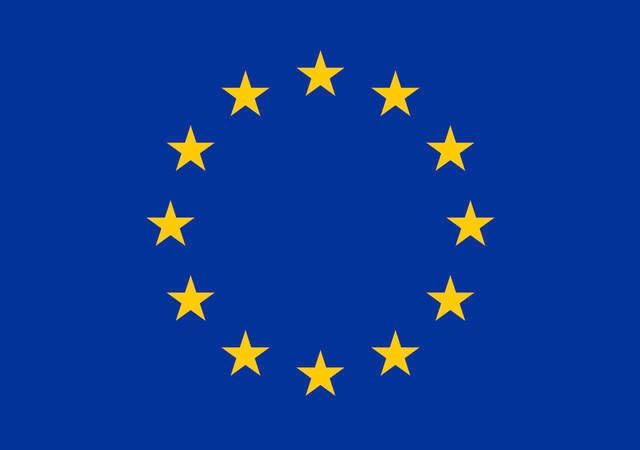August 30, 2022
by Annette van Raamsdonk
Over the summer of 2022, the Dutch Ministry of Health invited representatives of all stakeholders to provide input on an action plan to enhance Notified Body (NB) capacity to support medical device and IVD manufacturers, access to NBs, and manufacturers’ preparedness in order to facilitate transition to the Medical Devices Regulation (MDR) and In Vitro Diagnostic Medical Devices Regulation (IVDR), avoiding potential shortage of medical devices. Emergo by UL provided input on behalf of the European Association of Authorized Representatives (EAAR).
The European Commission has now published a final version of the action plan, and the EC Medical Device Coordination Group (MDCG) has issued a related position paper explaining the plan’s details and recommendations.
Supporting Notified Body capacity
What does this plan entail? In a nutshell, the MDCG paper identifies the following actions to be taken to avoid shortages of device supplies in the EU, which may lead to disruption of supply of devices needed for health systems and patients. The plan also suggests ways to contribute to better access to the EU market for innovative devices.
Steps to improve NB capacity to perform conformity assessments and issue CE Marking under the MDR and IVDR include:
- NBs are allowed to leverage hybrid audits under certain circumstances, such as if these audits contribute to conducting a conformity assessment in a timely and efficient manner.
- NBs are encouraged to allow manufacturers to leverage evidence from Medical Devices Directive (MDD) or In Vitro Diagnostic Medical Devices Directive (IVDD) conformity assessment experience, or components thereof, for the purpose of conformity assessment procedures under the MDR and IVDR. Under which circumstances this evidence can be leveraged requires additional guidance, to be created by NBs.
- The MDCG urges NBs to utilize the flexibility described in MDCG 2022-14 on “appropriate surveillance” under Article 120(3) MDR) allowing NBs to combine audits under the MDD and IVDD, and MDR and IVDR, for legacy devices. The MDCG will develop further guidance on “appropriate surveillance” under Article 110(3) IVDR and update the aforementioned MDCG 2022-14.
- The MDCG will review its guidance with a view to eliminating NBs’ administrative workloads.
- Speeding up EUDAMED developments to ensure that NBs can upload relevant information machine-to-machine and avoid double registrations.
- MDCG calls upon all parties involved to foster capacity-building of existing and potential NBs. This might sound easy, but requires time and resources from NBs, since sufficient training, coaching, and internship activities for their personnel should be provided. Time spent on training employees will lead to less time for initial conformity assessments. However, in addition to capacity building, NBs are urged to rationalize and streamline internal administrative procedures to ensure that proper conformity assessments are carried out in a timely and efficient manner in accordance with the MDR and IVDR.
- A Commission Delegated Act should be prepared to modify the frequency of complete re-assessments of NBs. Currently, a complete reassessment with a Joint Assessment Team (JAT) needs to be carried out three years after notification and then every fourth year. The timing for the first complete re-assessment after notification could be deferred for up to five years. This would allow NBs as well as the Designating Authority (DA) to focus on processing more initial MDR and IVDR certifications.
- The MDCG urges DAs and NBs who are not yet designated to make all efforts to speed up the designation process.
- The MDCG will explore means to add codes to the designation of NBs in a timely manner in accordance with the MDR and IVDR.
- The MDCG will prioritize ongoing actions in the MDCG or its sub-groups aiming at contributing to enhancing NB capacity, such as the revision of section III.6. of MDCG 2019-6 revision 3 regarding the meaning of ‘personnel employed by the notified body’ referred to in Article 36(1) MDR / Article 32(1) IVDR.
- The MDCG notes that the main objective of MDCG guidance is to assist Economic Operators (EOs), NBs, and Competent Authorities (CAs) to apply legal requirements in a harmonized way. Parties should be allowed flexibility as to how to demonstrate compliance with legal requirements, as well as time needed to integrate new guidance.
Improved access to Notified Bodies
In terms of ensuring and improving access to NBs for conformity assessment and CE certification purposes, the MDCG urges NBs to make their standard fees publicly available (Article 50 MDR, Article 46 IVDR), taking into account the interests of small- and medium-sized enterprises (SMEs) in relation to these fees (Section 1.2.8 of Annex VII MDR/IVDR). The MDCG also recommends that NBs publish their fees in such a way that manufacturers may easily compare prices.
Also, the MDCG recommends that NBs allocate capacity for SMEs as well as first-time certification applicants to support EU market access for these manufacturers.
Increasing preparedness for device manufacturers
The MDCG position paper also includes actions and recommendations to support better preparedness among medical device and IVD manufacturers for compliance to the MDR and IVDR. Such actions include:
- All manufacturers should become familiar with the MDCG 2022-11 recommendations to avoid device shortages via timely compliance with the MDR.
- NBs and manufacturers should organize structured dialogues and discussions before and during conformity assessments, even though the MDR and IVDR contain strict independence and impartiality obligations.
- Eos including SME and first-time applicants should be aware of legal requirements related to MDR and IVDR compliance.
Other actions to support MDR and IVDR compliance and avoid supply disruptions
The MDCG recommends more pragmatic approaches regarding safe and effective legacy devices (including orphan devices) when it comes to demonstrating compliance to applicable requirements. Accordingly, the MDCG plans to prioritize the following actions:
- Provide additional guidance to NBs and manufacturers to support the practical application of Article 61 MDR (clinical evaluation), and potentially Article 56 IVDR (performance evaluation and clinical evidence); better utilize MDCG guidance on clinical evidence for legacy devices as well as clinical evaluation-equivalence. Allow NBs the flexibility to issue new CE certificates for legacy devices either under certain criteria or in combination with requirements for post-market clinical follow up (PMDF) or post-market performance follow-up (PMCF) studies.
- Create a standard definition for “orphan devices” and develop guidance and related tools to help manufacturers meet legal requirements.
- Expedite reviews of devices featuring ancillary medical substances and/or companion diagnostics by European medicine authorities in certain situations.
Finally, the MDCG notes that derogations from applicable conformity assessment procedures may be granted by CAs only if the use of the device concerned is in the interest of public health, patient safety or patient health. Emergo by UL can assist manufacturers with identifying whether your device comes into account for derogation, and which actions need to be taken to apply for derogation.
Annette van Raamsdonk is Senior Regulatory Affairs Consultant at Emergo by UL.
Learn more about medical device and IVD regulations in the European Union:
Request more information from our specialists
Thanks for your interest in our products and services. Let's collect some information so we can connect you with the right person.






